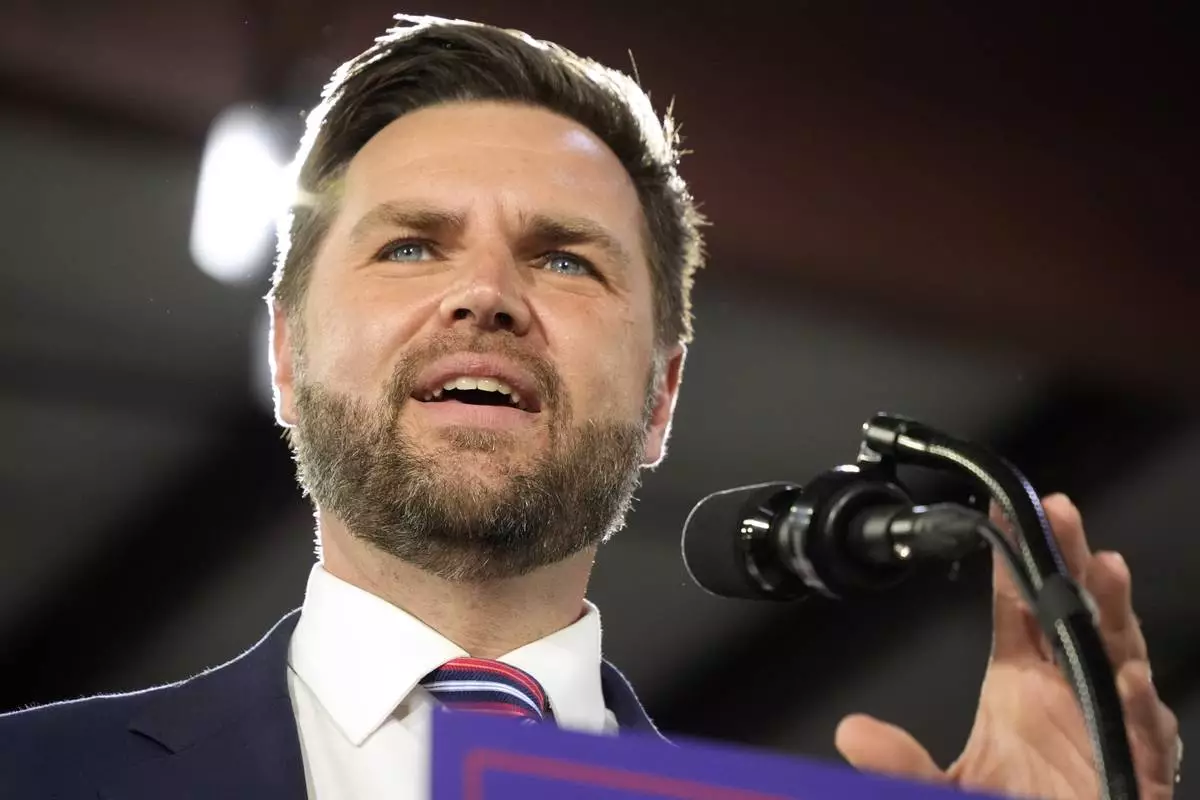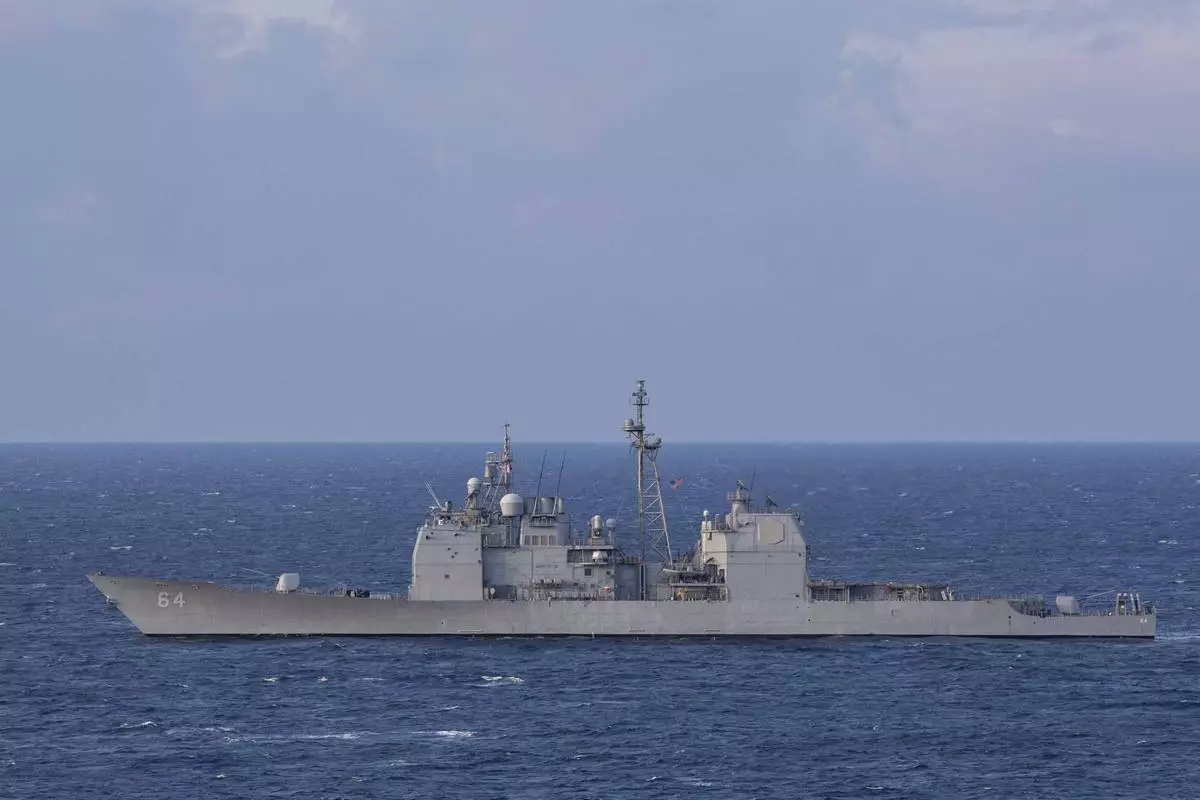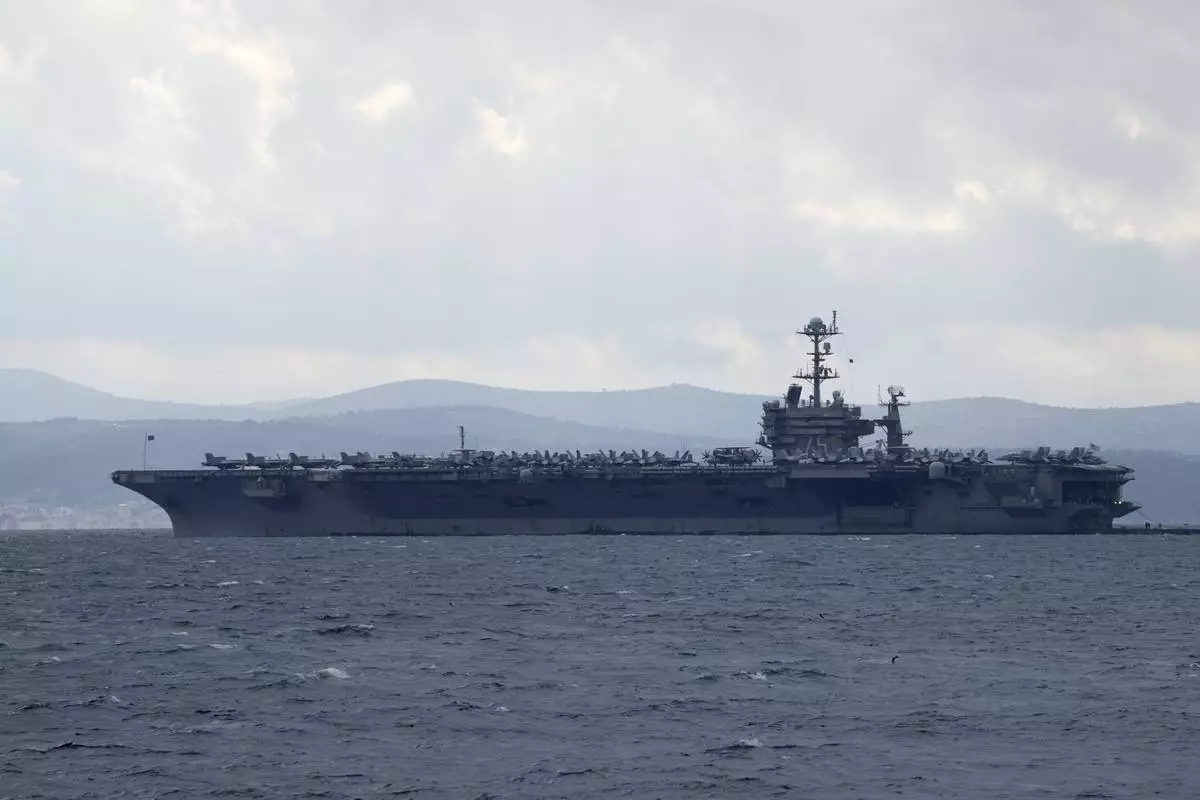By his own account, Ohio Sen. JD Vance’s 2019 conversion to Catholicism provided a spiritual fulfillment he couldn’t find in his Yale education or career success.
It also amounted to a political conversion.
Catholicism provided him a new way of looking at the addictions, family breakdowns and other social ills he described in his 2016 bestselling memoir, “Hillbilly Elegy.”
“I felt desperate for a worldview that understood our bad behavior as simultaneously social and individual, structural and moral; that recognized that we are products of our environment; that we have a responsibility to change that environment, but that we are still moral beings with individual duties,” he wrote in a 2020 essay.
His conversion also put Vance in close touch with a Catholic intellectual movement, viewed by some critics as having reactionary or authoritarian leanings, that has been little known to the American public until Vance’s rise to the national stage as the Republican vice presidential nominee.
These are not your father’s Catholic conservatives.
The professors and media personalities in this network don’t all agree on everything — even on what to call themselves – but most go by “postliberal.” Vance has used that term to describe himself, though the Trump-Vance campaign did not respond to questions about where Vance sees himself in the movement and whether he shares some of the beliefs promoted by many postliberals.
Postliberals do share some longstanding Catholic conservative views, such as opposition to abortion and LGBTQ+ rights.
But where Catholic conservatives of the past have seen big government as a problem rather than a solution, the postliberals want a muscular government — one that they control.
They envision a counterrevolution in which they would take over government bureaucracy and institutions like universities from within, replacing entrenched “elites” with their own and acting upon their vision of the “common good.”
“What is needed … is regime change — the peaceful but vigorous overthrow of a corrupt and corrupting liberal ruling class and the creation of a postliberal order,” wrote Patrick Deneen, a prominent author in the movement, in his 2023 book, “Regime Change.”
Vance has signaled his alignment with some of what Catholic postliberals advocate. He’s said the next time his allies control the presidency or Congress, “ we really need to be really ruthless when it comes to the exercise of power” and said Republicans should seize institutions, including universities “to make them work for our people.” He’s advocated for government policies to spur childbearing, a notion reflected in his digs at “childless cat ladies” with allegedly no stake in America’s future.
Scholars who study this movement caution that Vance does his own thinking and doesn’t necessarily embrace everything proposed by postliberals — or by a subset of them known as integralists, who want a state working in tandem with the Catholic Church. The latter is not a label Vance has used for himself.
But Vance has spoken alongside prominent postliberals at public events and praised some of their work.
At an Ohio conference featuring a who’s who of Catholic postliberals in 2022, he told fellow speakers he has “admired a lot of you from afar” as “some of the people who I think are most interesting about what’s going on in this country.”
Vance praised Deneen’s book at a 2023 panel discussion with the author, a professor of political science at the University of Notre Dame.
Vance has also met privately with leading postliberals, who have posted photos of their gatherings on social media and cheered his vice presidential nomination.
Catholic journals for years have bristled with debates about postliberalism, but with little public attention — in part because its adherents are few and its views are far from mainstream.
But now, postliberals have an avid listener in Donald Trump’s running mate.
“You can go from people writing on an unusual Catholic theology blog to the vice presidential candidate in the course of less than a decade,” said James Patterson, professor of politics at Ave Maria University in Florida.
Vance’s preoccupations show an influence from the movement, he said, citing his remarks about the childless.
“Most ordinary American Catholics would not treat a childless single woman with cats with this kind of contempt,” Patterson said. Even if Vance is not steeped in the philosophy, Patterson added, “he is picking up on the postliberal vibe.”
Some Catholics, including conservatives, have raised alarms about the company Vance has kept, saying postliberalism has historical connections to 20th century European movements that are associated with authoritarian regimes like Francisco Franco's in Spain.
“We’re talking about people that prefer right-wing authoritarian regimes,” Patterson said.
In a postliberal society, Patterson wrote in an August commentary in the online journal The Dispatch, citizens become “subjects” and personal liberties subjected to “administrative despotism.”
Vance has recently tried to downplay his Catholicism’s impact on policy-making.
Trump’s Supreme Court appointees provided the crucial majority to overturn Roe v. Wade, which had legalized abortion nationwide. But the issue has become a political liability, with voters in several states rejecting abortion restrictions.
Vance had strongly opposed abortion, in the runup to his 2022 senatorial win, saying at one point that “two wrongs don’t make a right” when referring to exceptions for rape and incest. The campaign said in an email Wednesday that he supports “reasonable” exceptions for rape, incest, and life of the mother.
But Vance has aligned with the Republicans’ first post-Roe platform in 2024, in which it backed off from its longstanding support for nationwide abortion restrictions. He pledged he could “absolutely commit” that a Trump-Vance administration would not impose such an abortion ban.
Trump has spoken inconsistently about a ballot measure repealing Florida’s ban on abortions after six weeks of pregnancy.
After facing backlash from anti-abortion activists for seeming to indicate he would support the measure, Trump said he would oppose it.
The Catholic Church’s U.S. bishops declared opposing abortion “our pre-eminent priority.”
Vance told the New York Post in August that Catholic social teaching “certainly influences how I think about issues.” But he acknowledged “there are a lot of things the Catholic Church teaches that frankly, Americans would just never go for.”
He added that in a democracy, “you have to give people their ability to have their own moral views reflected in public policy. There are a lot of non-Catholics in America and I accept that.”
Julian Waller, a political science professor at George Washington University, said Vance has numerous influences outside of Catholic postliberalism — from Trump-style populists to his mentor, tech billionaire Peter Thiel.
It remains to be seen whether Catholic postliberals would get prominent appointments in a Trump-Vance administration — or even how often they’d get their calls returned.
“Someone like JD Vance can read them, be interested in them, attend talks, know them personally, get insights from them,” Waller said. “But he’s not on the hook to obey them.”
For an example of what an administration using state power for postliberal ends might look like, Waller pointed to Florida and Gov. Ron DeSantis’ efforts to rid public higher education of diversity initiatives and critical race theory.
“If you want the model for what someone like JD Vance is really interested in, it’s probably the Florida model, forcefully changing institutions, capturing institutions,” Waller said.
Postliberals’ ideas vary, but there are common themes, said Kevin Vallier, author of “ All the Kingdoms of the World,” a 2023 book on the modern postliberal and integralist movements and their centuries-old roots.
Depending on who’s talking, a postliberal regime change could involve encouraging childbearing, easing or removing church-state separation, banning pornography for adults and children alike, reimposing laws limiting business on the Sabbath, supporting private-sector unions and strengthening safety nets for the middle class.
It’s common to hear postliberals praising Hungary’s nationalist prime minister, Viktor Orban, particularly for his use of financial incentives for families that have more babies. Orban has championed an “illiberal democracy,” which includes restrictions on immigration and LGBTQ+ rights.
Vance has praised Orban for Hungary's subsidies to married couples with children and for “smart decisions” in seizing control of universities.
Vance has echoed the regime-change rhetoric of using government, staffed by likeminded officials, for postliberal goals.
“You need to have a functional state that accomplishes some of the things that we care about. You need good people to go and work in that functional state,” Vance said a 2022 conference at Franciscan University of Steubenville, Ohio. It featured prominent postliberals like Deneen and Harvard Law School professor Adrian Vermeule.
Vermeule has advocated for “common-good constitutionalism,” in which the government enacts “strong rule in the interest of attaining the common good.”
Deneen and Vermeule declined requests for interviews.
Vance’s choice to speak at Steubenville underscored his affinity with postliberals, Vallier said.
“He could have given that talk anywhere,” said Vallier, a professor at the Institute of American Constitutional Thought and Leadership at the University of Toledo in Ohio. “Why is he appearing with these intellectuals if he's not sympathetic to their ideas?”
Vance’s religious journey began in a family that rarely went to church when he was young, he wrote in “Hillbilly Elegy.” But he said his grandmother — the most stable adult in his turbulent household — regularly read the Bible and taught a Christianity that demanded hard work, forgiveness and hope.
For a time, the young JD embraced the strict biblical literalism of his father’s Pentecostal church, crediting it as a stabilizing force, he wrote.
But in college, Vance embraced what he later viewed as an arrogant and fashionable atheism.
Eventually, he wrote in a 2020 essay for the Catholic journal The Lamp, he concluded he “needed grace” to provide him the virtues to be a good husband and father.
“I needed, in other words, to become Catholic," he wrote.
Associated Press religion coverage receives support through the AP’s collaboration with The Conversation US, with funding from Lilly Endowment Inc. The AP is solely responsible for this content.

FILE - Republican vice presidential nominee Sen. JD Vance, R-Ohio, speaks at a campaign event in Erie, Pa., Aug. 28, 2024. (AP Photo/Gene J. Puskar, File)












